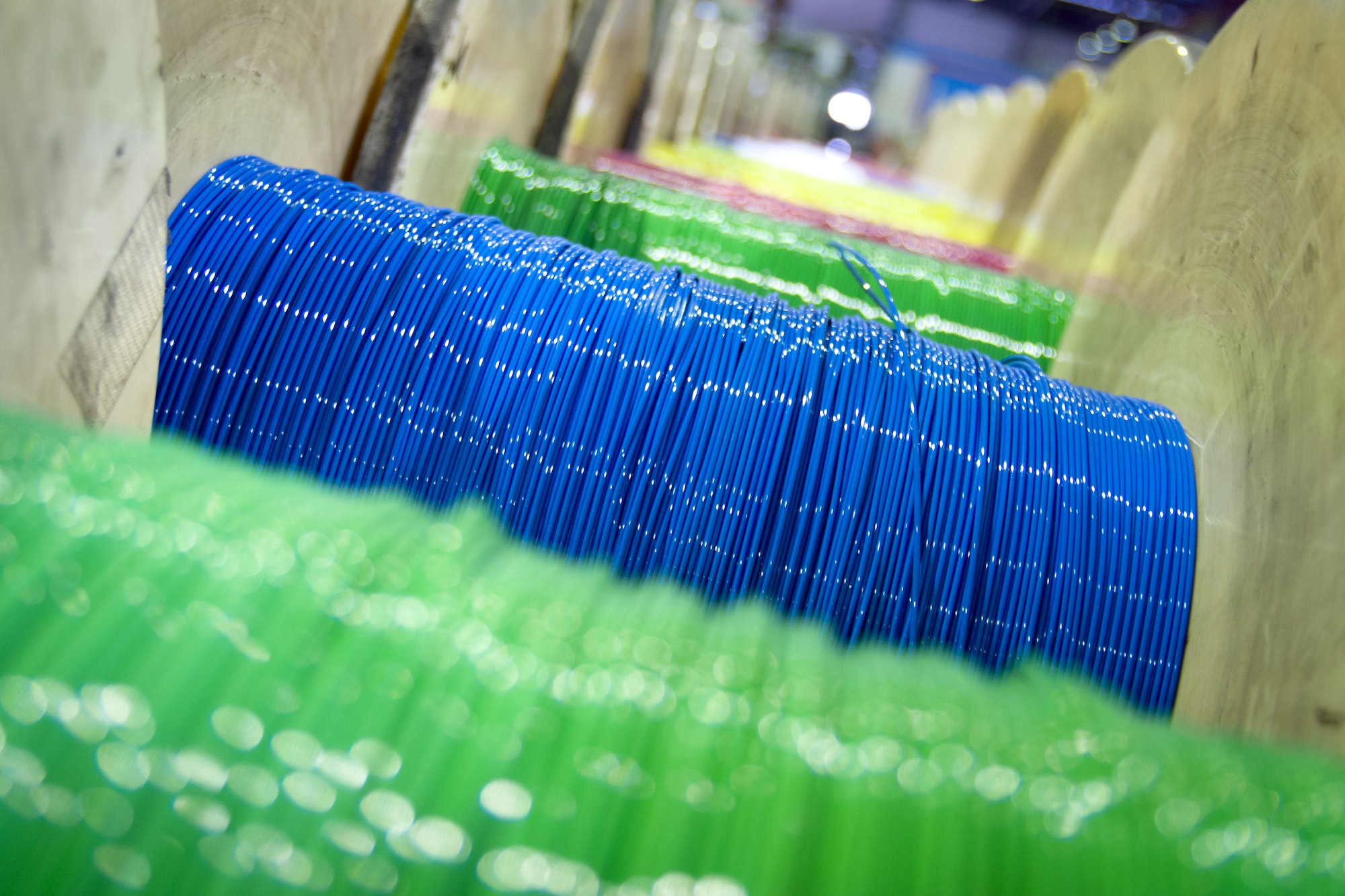False Advertising Any business will always want to show their best when it comes to advertising. You don’t exactly go around seeing burgers falling out of buns in the adverts now, do you? You see a nice, delicious, perfectly presented burger like that on the right. This is going to be true of all advertising and fibre internet is one that you’ll particularly want to take a closer look at. The reason being is that there was a recent rule change and it’s had a huge impact on them. In the past, all one had to do to be able to advertise “speeds up to” is have 10% of consumers able to access that speed. Not exactly the average and it can certainly be misleading, can’t it? Now, broadband providers are going to have to actually have 50% of customers able to access that speed. Surprise — their advertised average speeds are plummeting. These changes will be coming any time from now to May. If possible, I’d check around then to see what the speeds really are.
Home » Blog » Fibre internet — Misleading, Misadvertising, Mistake
Recent Comments
About the blog
Our blog brings together news, opinion, and perspectives from our staff, suppliers, and many guest bloggers and aims to highlight the best news in different fields while offering insights into the great work that we do with our customers.
Recent Posts
- Featured Customer: Swarovski Liverpool One 23 July 2024
- Vanilla Factory Liverpool gets connected with 40Gbps of Internet. 18 July 2024
- It’s another wrap! : Baltic Broadband does “In the Park” Festival 16 July 2024
- Featured Customer: Fred Perry Liverpool One 11 July 2024
- Maxed Out! : Liverpool City Data Centre now full. 5 July 2024
Categories
Archives
- July 2024
- June 2024
- May 2024
- April 2024
- March 2024
- February 2024
- January 2024
- December 2023
- November 2023
- October 2023
- September 2023
- August 2023
- July 2023
- June 2023
- May 2023
- April 2023
- March 2023
- January 2023
- December 2022
- November 2022
- October 2022
- September 2022
- August 2022
- July 2022
- June 2022
- May 2022
- April 2022
- March 2022
- February 2022
- January 2022
- December 2021
- November 2021
- September 2021
- January 2021
- November 2020
- September 2020
- August 2020
- June 2020
- April 2020
- March 2020
- February 2020
- July 2019
- June 2019
- May 2019
- April 2019
- March 2019
- February 2019
- January 2019
- December 2018
- November 2018
- October 2018
- September 2018
- August 2018
- July 2018
- June 2018
- May 2018
- April 2018
- March 2018
- February 2018
- January 2018
- December 2017
- November 2017
- October 2017
- September 2017
- July 2017

